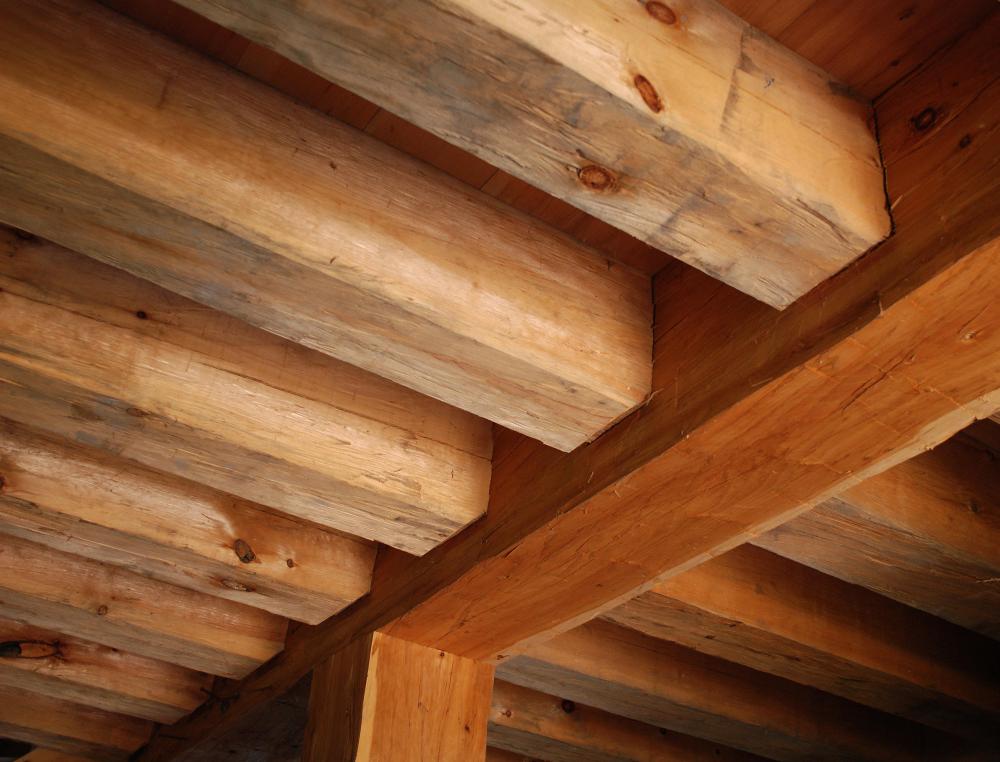At WiseGEEK, we're committed to delivering accurate, trustworthy information. Our expert-authored content is rigorously fact-checked and sourced from credible authorities. Discover how we uphold the highest standards in providing you with reliable knowledge.
What Are the Best Tips for Floor Joist Repair?
Various types of damage can occur to a floor that will necessitate a floor joist repair. The types of repairs that need to be done will therefore vary significantly as well. The first step the builder will need to take to conduct a floor joist repair is a thorough assessment of the damage. This may mean tearing up floor boards to access the joists, or it may simply mean accessing a basement or crawl space to see what is causing the problem. Bouncing floors, creaks, soft floors, and other common problems are often caused by a broken or rotted joist.
When a broken joist occurs, floor joist repair may require sistering joists. This means securing a new joist to the old or damaged one. The first step is to identify the damaged joist or joists, and then measure those damaged joists from end to end. It will be important to buy a piece of lumber that is essentially the same size as the damaged joist, and that will be resistant to water damage and bug infestation. Pressure-treated wood is the best option in this case. The next step in the floor joist repair will be lining up the new joist with the old one, and then gluing and bolting the new joist in place.

The old joist may need to be adjusted for proper positioning before the new lumber is secured to it. This can be problematic, as the broken joist is not likely to be moved easily. To make the floor joist repair process easier, it is a good idea to have several types of clamps on hand, as well as a bottle jack and some spare lumber. The builder can then make a makeshift jack or lift that will be able to push the broken joist upward or sideways as necessary. Care should be taken to avoid over-pressurizing the broken joist, as this can lead to further damage.

Sometimes a joist may need to be replaced altogether. This is common when the ends of the joist have rotted. In order to do this, the floor will need to be temporarily supported using a jack or makeshift supporting structure. This is done for safety of all workers as well as for the structural integrity of the floor. When replacing a joist, it is important to assess all damage to that joist and surrounding components to ensure safe removal and effective installation of a new joist.
AS FEATURED ON:
AS FEATURED ON:













Discuss this Article
Post your comments